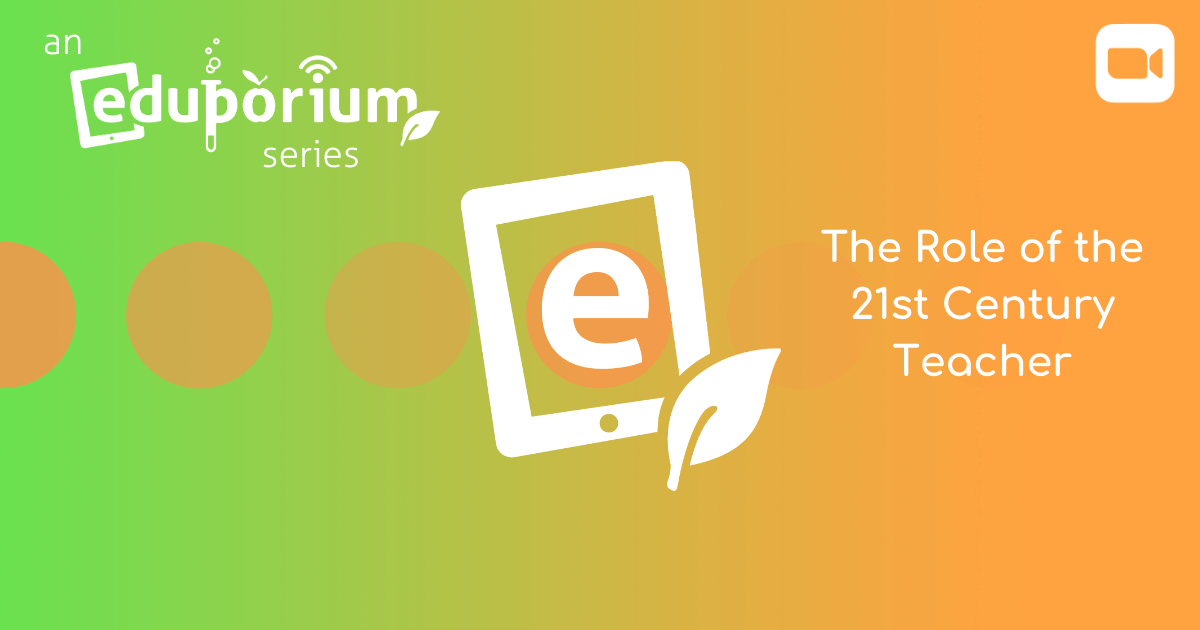Eduporium co-founder, Irina Tuule, discusses the role of the teacher evolving from what it once was to its state today. Shifts in the resources available to instructors, in the way the economy works, and in the ways in which children learn have all prompted necessary changes to the methods educators use to teach. They no longer stand at the front of their classrooms using the sage on a stage model. And, they're typically not helping from afar by using the guide on the side model either. These days, many teachers are true learning facilitators and this style helps students maximize learning by becoming more actively involved.
STEM tools allow both children and classroom teachers to learn how to become better learners. By taking advantage of the characteristics of these tools and their potential for activating creativity, teachers become more equipped to lead the kind of learning that today's students need. Rather than lecturing for an entire class period or nudging kids in the correct direction, teachers are facilitating learning. Instructors genuinely play a part in helping students assess, discover, analyze, collaborate, and problem solve. And, this kind of learning is ideal in 21st century classrooms so students can obtain success in 21st century careers.



